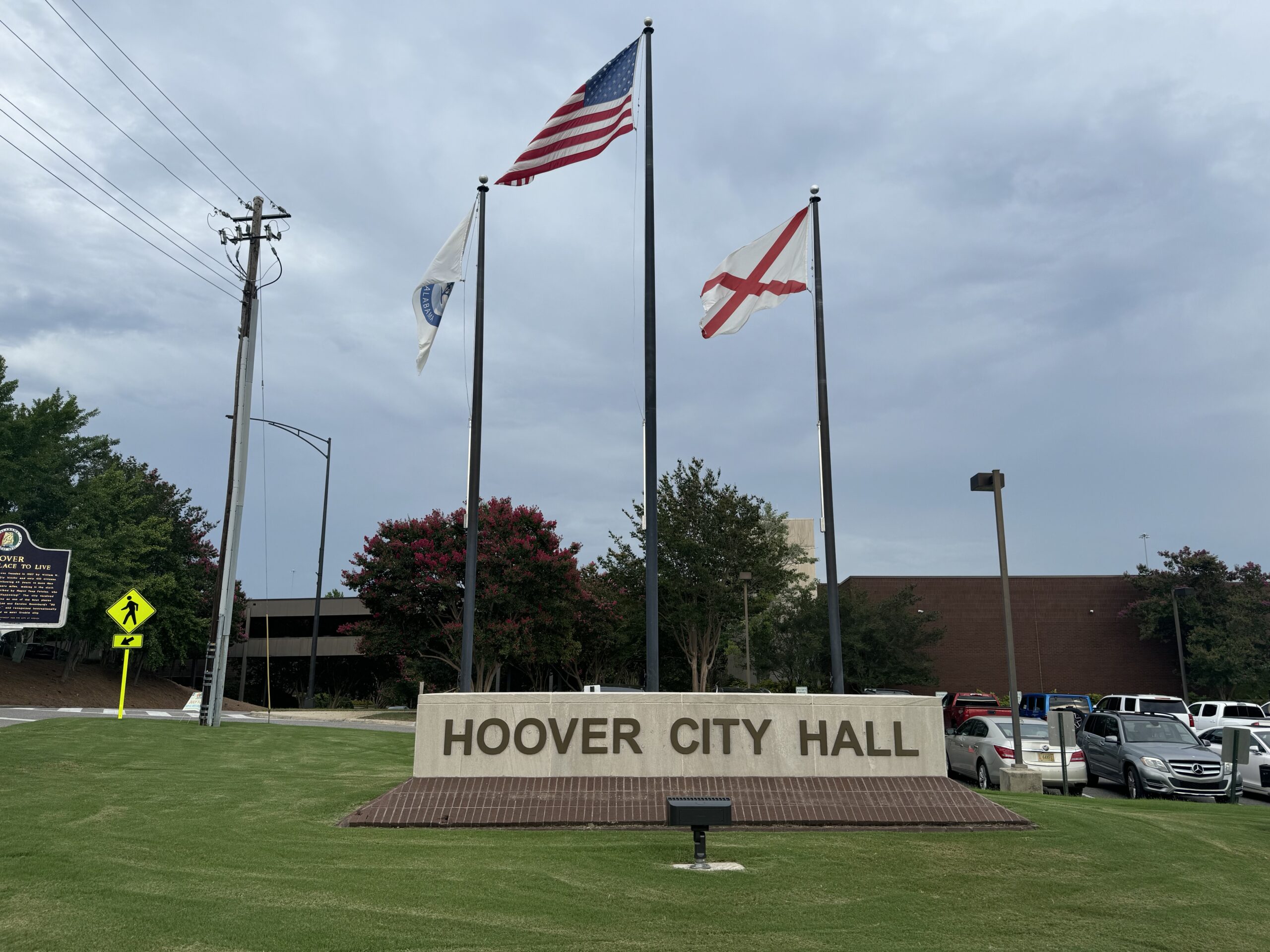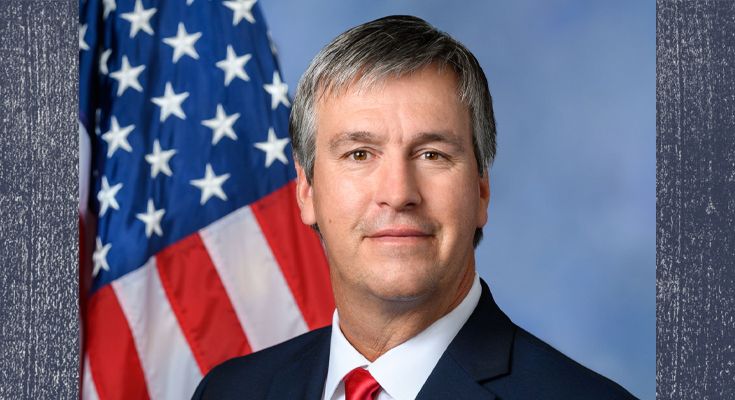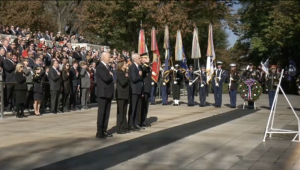The separation of families at the U.S.-Mexico border caught the attention of the world and prompted mass outrage, but it only tells a small part of the story surrounding President Donald Trump‘s administration’s immigration policy.
In reality, the government is working to harden the system on multiple fronts to curb immigration, carving a path around various court rulings to do so. The administration is seeking to lock up families indefinitely, expand detention space and tighten asylum rules and apply more scrutiny to green card applications.
Many of the initiatives received little attention during the chaos over separated families, but they show how determined President Donald Trump is to stop immigrants from coming — both legally and illegally — even in cases where the administration has been stymied by the courts.
Other administrations may have faced similar problems with illegal immigration and tried similar solutions, but all have been unable to stem the flow of migrants streaming through southern border. No other president, however, has campaigned so vociferously on the topic.
“The United States will not be a migrant camp and it will not be a refugee holding facility,” President Donald Trump declared days before putting an end to the separation of parents from their children. “Not on my watch.”
This week’s headlines were dominated by stories of reunions of immigrant parents and their young children that the Trump administration had to carry out under a court order. The White House said it “worked tirelessly” to complete the reunifications and make sure the children were put back into safe homes.
In the same week, however, the administration made other moves to clamp down on immigrant families, asylum seekers and those seeking green cards.
The administration’s attempts to deter Central American families and children from making the trip north are designed to send the message to immigrants — and Trump’s supporters in an election year — that reaching the United States is going to get harder, and so will getting papers to stay in the country legally.
“All of these things, I think, are part of a bigger ultimate aim, which is to significantly reduce immigration of all kinds to the United States over the longer term, and in the process, the real desire is to change the character of the country,” said Doris Meissner, a former commissioner of the Immigration and Naturalization Service in the Clinton administration.
Before departing the White House this week for his European trip, Trump offered his own solution for the government missing a court-mandated deadline to reunite some families: “Don’t come to our country illegally.”
In Europe, the president hasn’t shied away from offering his views on the flow of immigration across the pond. Trump pressed ahead with his complaints that European immigration policies are changing the “fabric of Europe” and destroying European culture. He reiterated a position he articulated in a British tabloid where he said: “I think allowing millions and millions of people to come into Europe is very, very sad.”
The Trump administration announced plans in April to prosecute illegal border crossers with the crime of improper entry, and in doing so, jailed some parents caught on the border and placed their children in government custody. The U.S. government was sued and the public was outraged, prompting Trump to halt the separations.
The chaos over the separations has put the administration in the difficult position of having to release families with ankle-monitoring bracelets into the public — a practice Trump has decried — while at the same time attempting a series of legal maneuvers to argue for tougher enforcement capabilities.
That’s because two court cases in California restrict what the government can do in carrying out hardline immigration policies. One requires the government to release immigrant children generally after 20 days in detention. The other has banned the separation of families and placed the government under tight deadlines to reunite parents and children.
In an attempt to comply with both rulings, the White House wants to present families with a choice: Stay together in detention or release the child to a government program for immigrant youth for potential placement with a relative while the parent remains locked up.
It’s unclear whether the administration has enough detention beds to do so, but it’s looking. Homeland Security has formally requested 12,000 beds for family detention, with 2,000 beds to be made available immediately at U.S. military bases. The Defense Department has said it also received a request to house up to 20,000 unaccompanied immigrant children.
Officials are also seeking to send immigrants back to their countries sooner and make it harder for them to seek asylum in a backlogged courts system where it can take years to get a ruling. Trump officials say too many people are claiming they are persecuted when they are not, adding that only 20 percent of asylum claims are granted.
Asylum officers tasked with screening immigrants stopped at the border were told this week to heed a recent opinion by Attorney General Jeff Sessions that gang and domestic violence should not generally be a reason for asylum — reasons cited by many immigrants fleeing bloodshed in Central America.
The result: fewer immigrants will pass these initial screenings that enable them to seek asylum before an immigration judge, said Megan Brewer, an immigration attorney in Los Angeles and former asylum officer.
“If they don’t comply, all their decisions are going to be sent back to them,” she said. “The average officer will go with the path of least resistance.”
Immigrants in the country legally also face new hurdles under various policies.
Since taking office, the administration has ended protected status for hundreds of thousands of people from countries recovering from war and natural disasters, slashed the number of refugees allowed into the United States and said it will seek to strip the U.S. citizenship of those suspected of cheating to get it. And applicants for green cards and other immigration benefits are facing longer waits and more detailed questions.
Immigration on the Southwest border has changed over the years. Previously there were far more people coming, with more than five times the number of border patrol apprehensions in 2000 than during the most recent fiscal year. More immigrants also came from Mexico than Central America — which made it easier for U.S. authorities to send them back. Far fewer were children or families.
A number of immigration experts contend the arrival of Central American immigrants on the border is not a crisis — except of the administration’s making.
Immigrant advocates said ankle bracelets and community-based programs can be used to ensure immigrants attend court hearings where a judge will determine whether they’re allowed to stay in the country or should be deported. They said it’s much cheaper and more appropriate since detention isn’t meant to be punitive but to ensure court attendance.
Rather, they said resources should be devoted to beefing up the overwhelmed immigration court system to help those genuinely fleeing violence get their cases heard quicker and weed out those who aren’t.
“It is doable but there is nothing flashy about it. There is nothing sound-bytey about it, and this administration does not seem to be interested in serious answers. It wants to project that there is a crisis,” said Meissner. “And there is a crisis which they have created.”
They also questioned whether detention would stop migrants from heading north. Jonathan Hiskey, a political science professor at Vanderbilt University, said research has shown that efforts to deter immigration might dissuade some job seekers from heading north but not those fleeing violence like gang killings in El Salvador, Guatemala and Honduras.
Hiskey conducted research during the surge in Central American migration in 2014 and said while many knew it was tougher to make it to the United States, those who were crime victims still planned to try. And the prospect of being detained upon arrival — something the Obama administration tried with family detention centers — wouldn’t stop them.
Republished with permission of the Associated Press.
Related
Share via:














